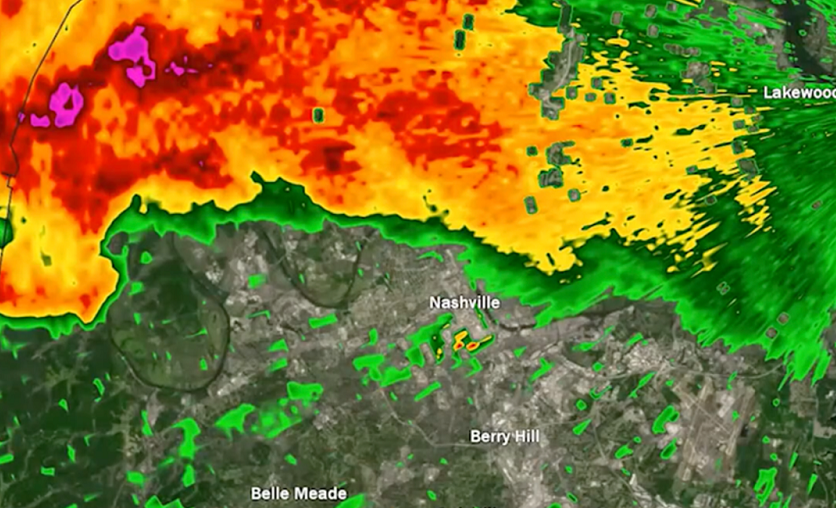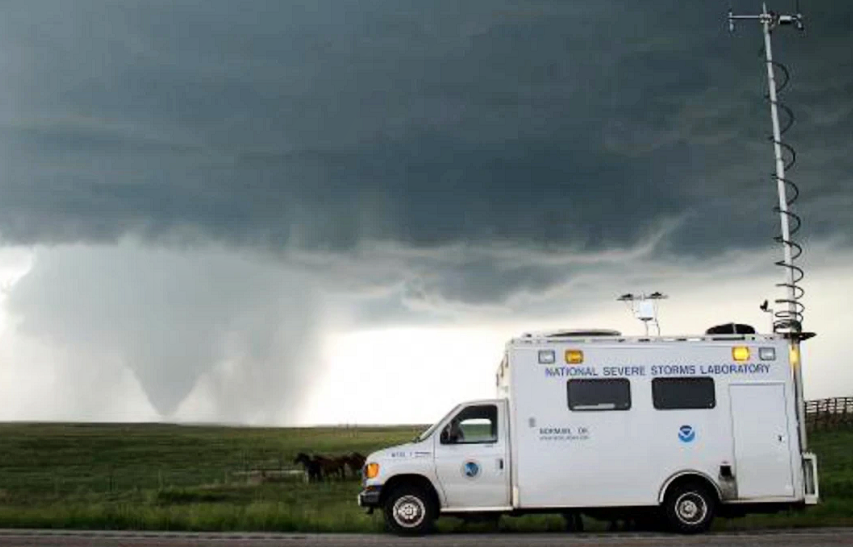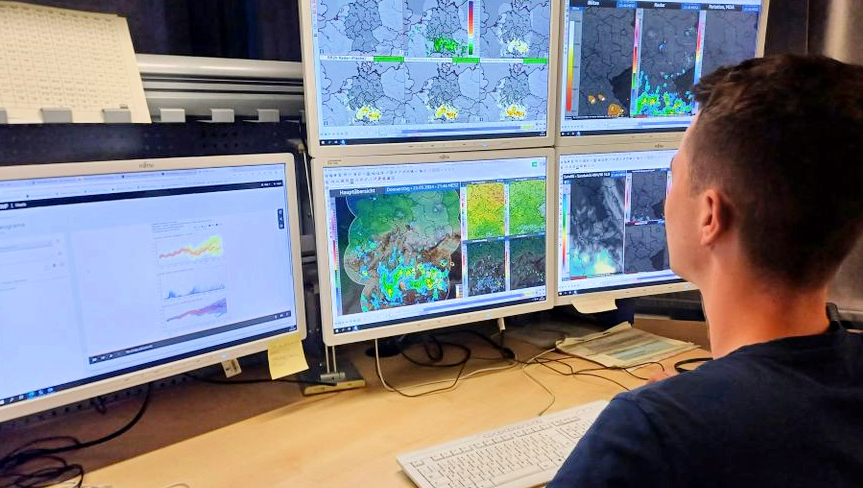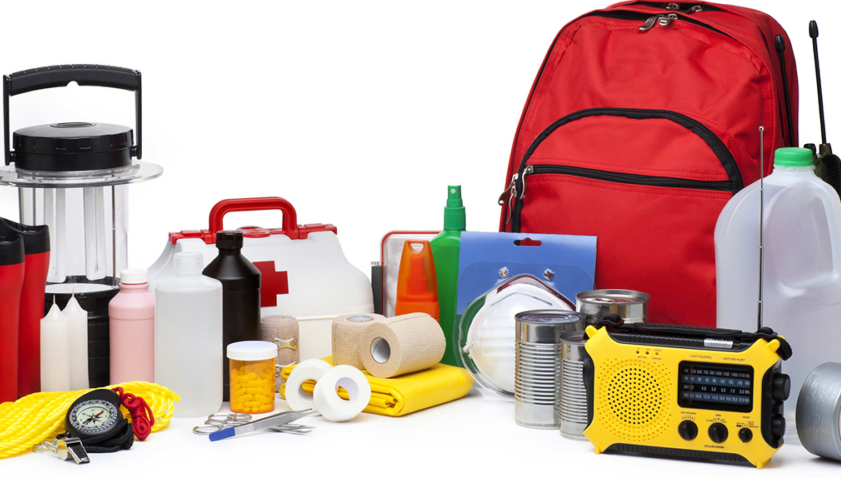When severe weather strikes, few phenomena are as terrifying or as destructive as tornadoes. These violent rotating columns of air can level homes, uproot trees, and devastate communities in mere minutes. Staying informed during tornado season is critical, and knowing how to interpret tornado warnings and use tornado trackers can mean the difference between life and death. In this article, we’ll break down how these systems work, share safety tips, and explore the technology that keeps millions of people safe.
What Is a Tornado Warning?
A tornado warning is an urgent alert issued by meteorological agencies like the National Weather Service (NWS) when a tornado has been spotted or indicated by weather radar. Unlike a tornado watch (which signals that conditions are favorable for tornado formation), a warning means a tornado is imminent or already occurring. Immediate action is required.
Key facts about tornado warnings:
- Radar Detection: Doppler radar technology identifies rotation within thunderstorms, which meteorologists analyze to confirm tornado formation.
- Ground Reports: Storm spotters and emergency responders often provide real-time updates to validate radar data.
- Alert Systems: Warnings are broadcast via TV, radio, smartphone apps, and NOAA Weather Radio. Many communities also use sirens.

How Tornado Trackers Work
Modern tornado trackers rely on a mix of advanced technology and community effort to monitor storms. Here’s a closer look:
- Doppler Radar:
Doppler radar detects precipitation intensity and wind patterns. By measuring shifts in radio wave frequency, it can spot rotating updrafts a key indicator of tornado development. - Satellite Imaging:
Satellites provide real-time data on storm systems, including cloud temperature and movement, helping forecasters predict tornado paths. - Storm Chasers and Spotters:
Trained volunteers and meteorologists often pursue storms to gather on-the-ground data, such as wind speed and funnel cloud formation. - Mobile Apps and Alerts:
Apps like RadarScope or the FEMA app deliver hyper-local warnings and tracking updates straight to your phone.

What to Do During a Tornado Warning
When a tornado warning is issued for your area, every second counts, follow these steps to stay safe:
- Seek Shelter Immediately: Move to a basement, storm cellar, or an interior room on the lowest floor (like a bathroom or closet). Avoid windows.
- Protect Yourself: Use heavy furniture or mattresses to shield against debris. Wear sturdy shoes and helmets if possible.
- Stay Informed: Keep a battery-powered weather radio or charged smartphone nearby for updates.
Pro Tip: Practice tornado drills with your family so everyone knows where to go when time is limited.
The Role of Tornado Trackers in Modern Forecasting
Advancements in tornado tracking technology have dramatically improved warning times. In the 1980s, the average lead time for a tornado warning was just 5 minutes. Today, thanks to Doppler radar and predictive modeling, that window has expanded to 13–15 minutes giving families critical extra time to take cover.
Emerging Tools:
- Dual-Polarization Radar: This upgraded radar distinguishes between rain, hail, and debris, improving tornado confirmation.
- AI-Powered Models: Machine learning algorithms analyze historical data to predict tornado likelihood with greater accuracy.

Debunking Tornado Myths
Misinformation can be dangerous during severe weather. Let’s set the record straight:
- Myth: Opening windows equalizes pressure during a tornado.
Truth: This wastes time and increases the risk of injury from shattered glass. Focus on sheltering instead. - Myth: Tornadoes only happen in “Tornado Alley.”
Truth: While the central U.S. sees the highest frequency, tornadoes can occur in all 50 states and globally.
Prepare Today to Stay Safe Tomorrow
Tornadoes are unpredictable, but preparedness isn’t. Here’s how to get ready:
- Build an Emergency Kit: Include water, non-perishable food, medications, flashlights, and important documents.
- Know Your Zone: Identify community shelters and evacuation routes.
- Invest in a Weather Radio: NOAA Weather Radios provide alerts even if cell networks fail.

Final Thoughts
Understanding tornado warnings and leveraging tornado trackers empowers you to act swiftly when danger looms. By staying informed, preparing your home, and heeding official guidance, you can protect yourself and your loved ones from nature’s most violent storms.



